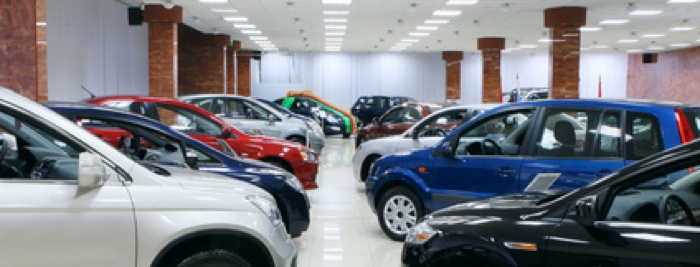Many automobile dealerships implement significant renovations as the industry morphs due to technology changes and as manufacturers rebrand. The goal of the renovations are, of course, to improve top line performance (sales).
Top line goals can effectively be achieved more quickly by capitalizing on the tax benefits associated with the renovations; for instance, it’s not uncommon for $1MM in renovations to conservatively equate to a $60,000 tax related improvement in the bottom line. Given a 10% profit margin, that equates to a $600,000 increase in top line results.
What Tax Benefits?
Tax benefits associated with construction costs can be procured through an Engineering Based Cost Segregation Study. This Study applies tax compliant depreciation time-lines to certain non-structural components. For instance, instead of depreciating carpeting over 39 years as if it were a structural item, it would be depreciated in five years. Many other non-structural building components can be depreciated in 5, 7 and 15 years versus 39 years.
Furthermore, the tax benefits of properly depreciating current renovations can apply to the entire existing facility, including past renovations (see “The #1 Lie About Cost Segregation“).
So, here are the benefits of reducing Federal and State taxable income by safely ‘accelerating’ depreciation on certain building components with a rigorous Study:
- New renovation, purchase or construction will result in increased cash flow in the first 6 years.
- Owned for 5 or more years qualifies for all unrealized depreciation carried forward into the current tax year.
From our experience, its not uncommon to document as much as $200,000 in accelerated depreciation per $1MM worth of building; assuming a 35% tax rate, the resultant reduction in taxable income would translate to a $70,000 bottom line improvement.
A project fee for a Study is typically between $10,000 and $20,000 per building, and can depend on property size, construction quality, location, availability of accurate construction documents, other.
So, a $2MM building could provide a $140,000 bottom line improvement; that’s about a 10:1 benefit-to-cost ratio for performing the Study (…and that’s not considering the net cost basis of the Study after writing it off as a business expense!).
In summary, cost segregation analysis is a logical tax strategy dating back to 1959 when the Tax Court first allowed component-based depreciation of buildings (though greatly clarified over the past decade with the IRS’s Audit And Technique Guidelines). Even properties purchased years ago can capture benefit with a very attractive cost-to-benefit ratio for performing an Engineering Based Cost Segregation Study. Any auto dealership whether purchased, constructed or renovated for costs in excess of $500,000 should consider this service.
To stream a 3-minute video regarding this topic, please click here.

